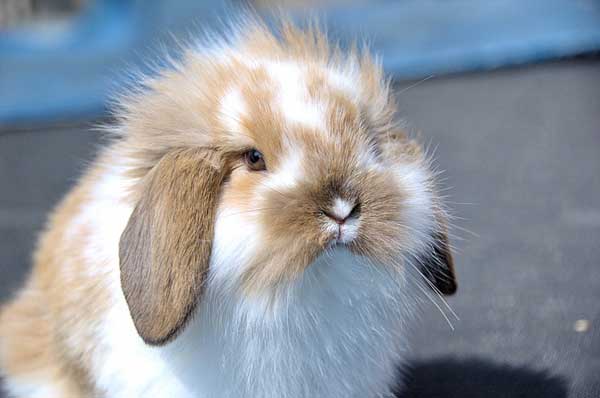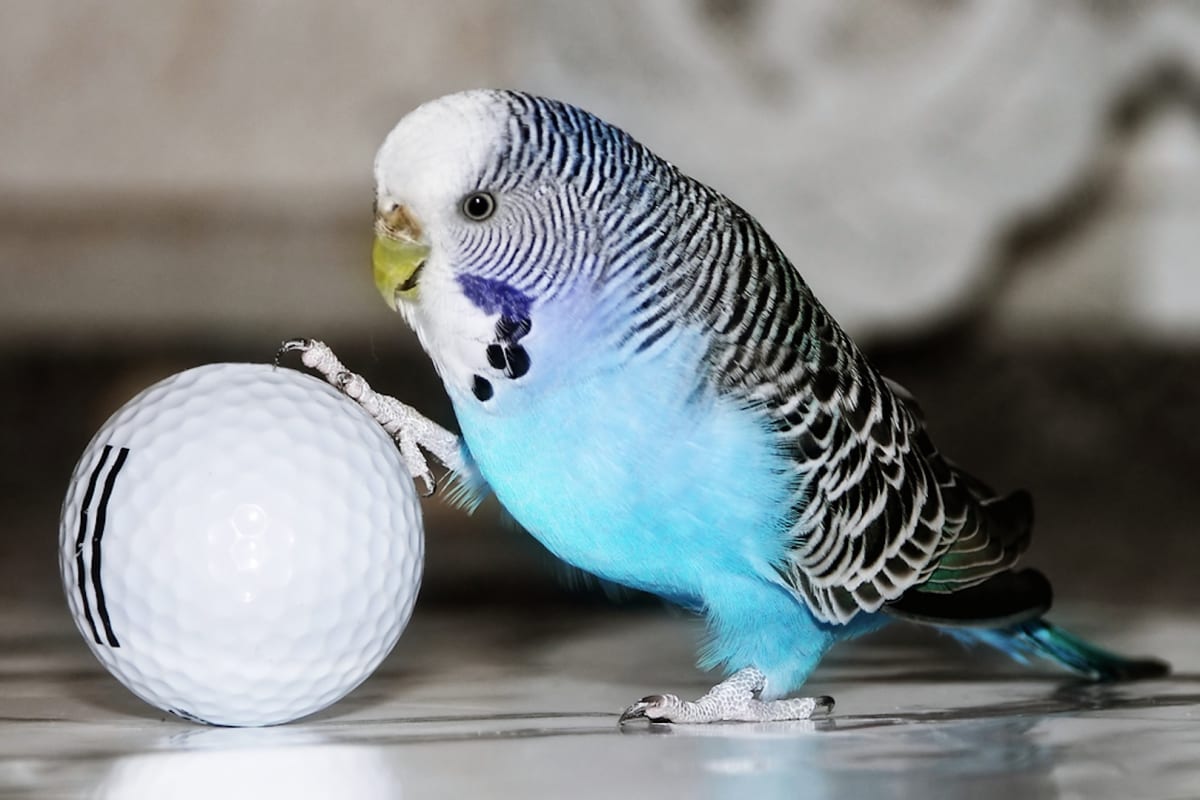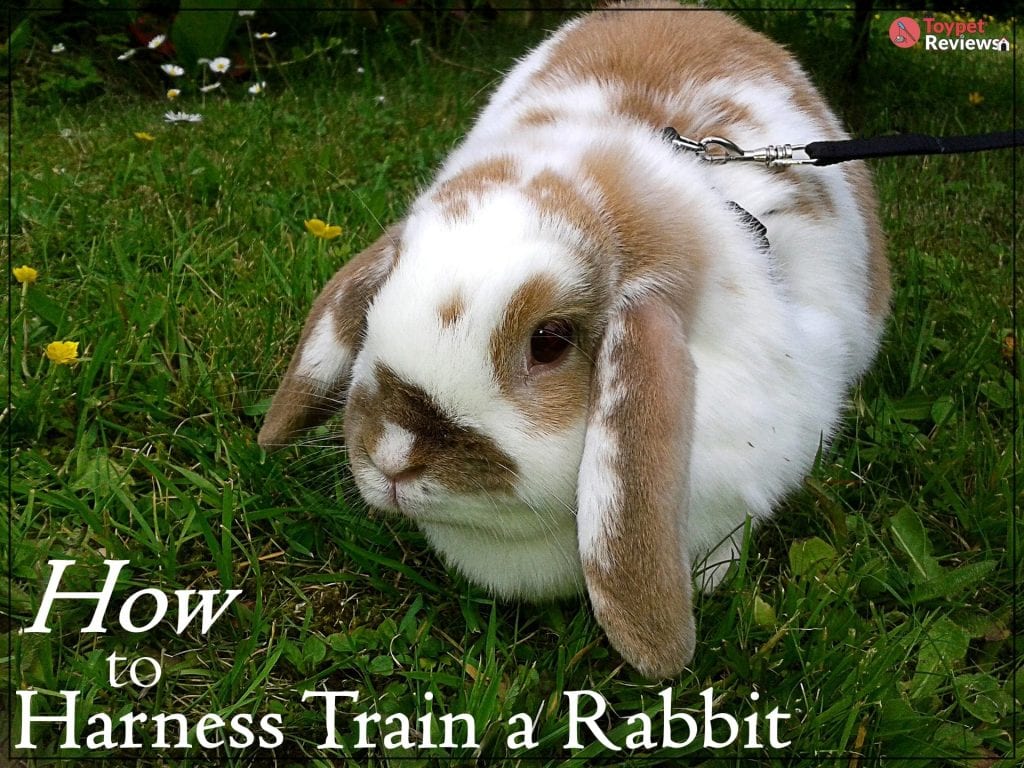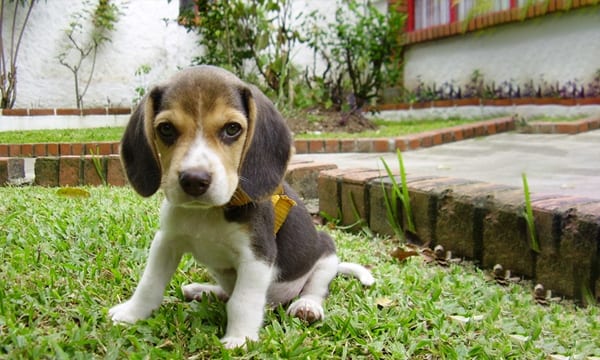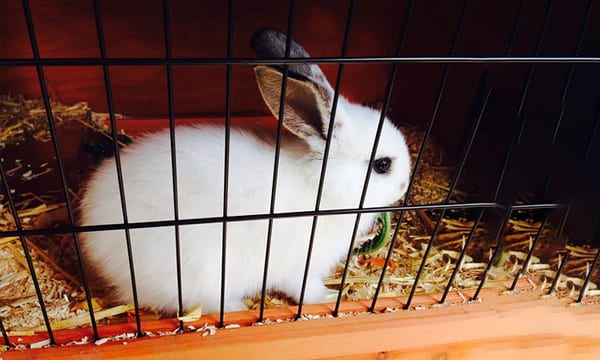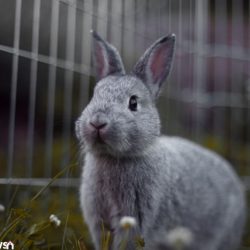In the US, there are approximately 40-50 breeds of rabbits, ranging in weight from two to 20 pounds. Rabbit breeds come in various colors, fur lengths, and shapes. You may want to check your local shelter or county fair for a bunny before shopping in a pet store.
Below we share some of the best bunny breeds. Are you ready for cuteness overload?
The Holland Lop
The Holland Lop, also known as the Lop-eared rabbit, is one of the most popular rabbit breeds, both in the US and worldwide. It’s more than their lovely appearance that charms people. They are easy-going, sweet, and friendly. The combination of this breed’s cute face and gentle personality could win over anyone.
Physically, the Holland Lop is considered a dwarf rabbit that weighs around four pounds fully grown. They have a wide, stout body. Similar to a cat, the Holland Lop rests on its hind legs more so than on all fours. The breed has a broad head with a crown of fur puffing from between the ears.
These bunnies are unbelievably cute with their compact bodies, super fluffy fur, and long floppy ears. They stand out among other breeds because of their ears. Those long teardrop-shaped ears frame their faces making them even cuter.
This breed is also well behaved and can learn several tricks and stunts to be a shown. The Holland Lop is one of the best bunny breeds, because they are a lot of fun for a family and can be shown at the county fair.
The Dutch Rabbit
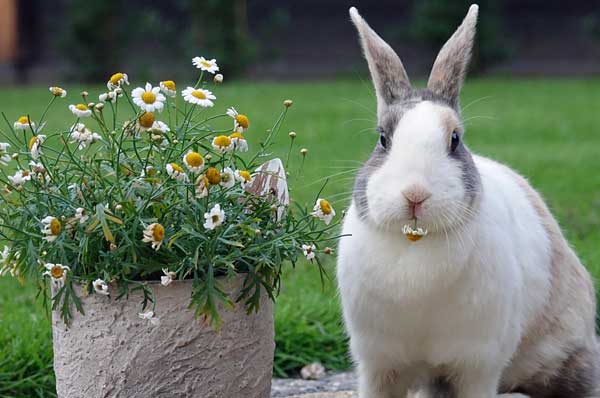
Credit: A Beijeman/ Pixabay
The Dutch rabbit is easily identifiable because of its white markings. Although they can come in many different colors, including black, light brown, chinchilla, chocolate, gray, and tortoise, they have a white nose, white collar, and white saddle.
The Dutch rabbit is a smaller breed, but not a dwarf. They have short fur with an under layer of longer fur. You can gently brush the fur in the opposite direction, and it will bounce back. Dutch rabbits have small upright ears and are very cute.
Dutch rabbits are known to be an easygoing, intelligent breed. They play with toys, can learn their name, and even show excitement when you offer a snack. Because of their congeniality, the Dutch rabbit makes a good pet for children and adults. (Keep in mind, children under 10 should always be supervised when around a pet.)
This breed likes to play. Because of their high intelligence, they need plenty of physical and intellectual exercise. They enjoy attention from their humans and will cuddle with beloved family members.
In general, bunnies are a jumpy lot and should be handled with care. If you have any questions about how to handle a bunny, ask your veterinarian. Unlike cats and dogs, rabbits tend to be afraid of being picked up.
However, if you start cuddling them early, your bunny will learn to trust you and seek your affection.
The English Angora
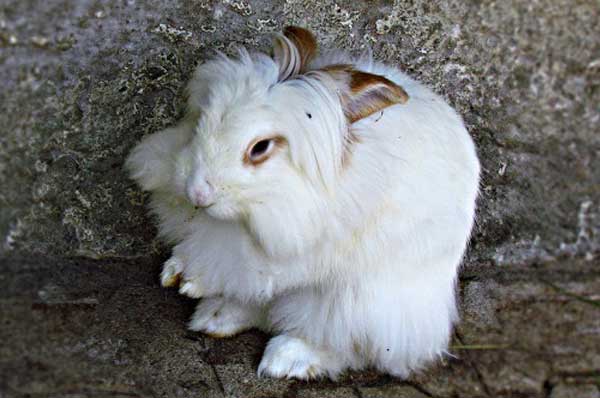
The English angora weighs 5 to 7 1/2 pounds when it reaches adulthood and is the smallest of the angora breeds. In addition, because of its striking features and decorative ears, it’s one of the best bunny breeds–since they are also very popular for showing.
English angoras make great indoor or outdoor pets, and can adapt to your particular living situation. Indoor enclosures should be large enough for your rabbit to move around freely and have comfortable bedding.
Spot-clean their bedding a couple times a week. If you have an outdoor enclosure, beware of direct sunlight, predators, and freezing temperatures.
The English angora needs daily grooming to keep his coat free of matting and debris. They are a wooly breed. Moreover, although this breed is gentle with children, their coat demands too much care for a child.
English angoras have a calm personality and love to hang out with their humans. As mentioned, the breed requires a lot of grooming, so prepare for the commitment. On a positive note, English angoras bond with the person who feeds and grooms them. Since they are a calm breed, you can introduce them to your children. The breed thrives when interacting with their human family.
The Polish Rabbit
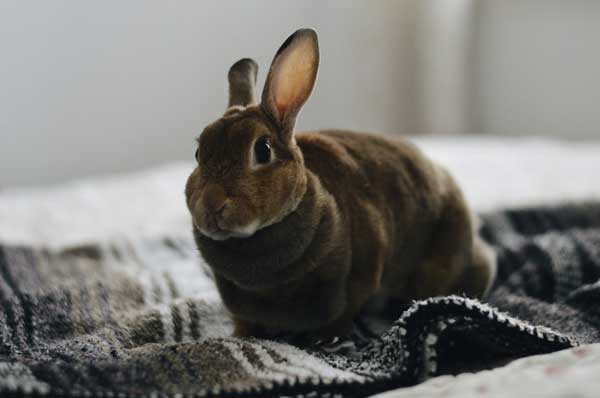
Credit: Jennifer Chen/ Unsplash
The Polish rabbit has short, soft fur, which is easy to maintain when compared to some other breeds. The Polish rabbit has a small head with full cheeks, large eyes, and short ears that touch at the tips. Like other dwarf breeds, they have a compact body and weigh no more than 3 and 1/2 pounds.
The Polish rabbit only needs to be groomed about once a week. When they start to shed, similar to other pets, you may want to groom them more often. These rabbits are small, so you can use a medium enclosure. We recommend you keep the rabbits indoors to avoid their being the targets of raccoons, coyotes, and other predators.
You may recognize these small white rabbits, which are the ones magicians often pull out of their hats. They are one of the best bunny breeds, because they are more easily trained than others. These bunnies can learn to Stay, Come, and use a litter box! Be warned, however, that bunnies still need more patience and directions when being trained than dogs or cats.
Polish rabbits adore attention and will let you pick them up. They enjoy being held and stroked by their humans. Because they are small, you can keep them in an apartment or small home.
Similar to other best bunny breeds, Polish rabbits will play with toys if you provide them. The enclosure you provide should be large enough for your bunny to stretch out, and made of wire so their waste falls through the bottom. Also, leave a space with comfortable bedding, so your bunny can relax when he needs to rest.
Two common conditions in the Polish rabbit include ear mites and/or overgrown teeth. Check the ears frequently and offer your bunny plenty of hay to help keep teeth at a healthy length.
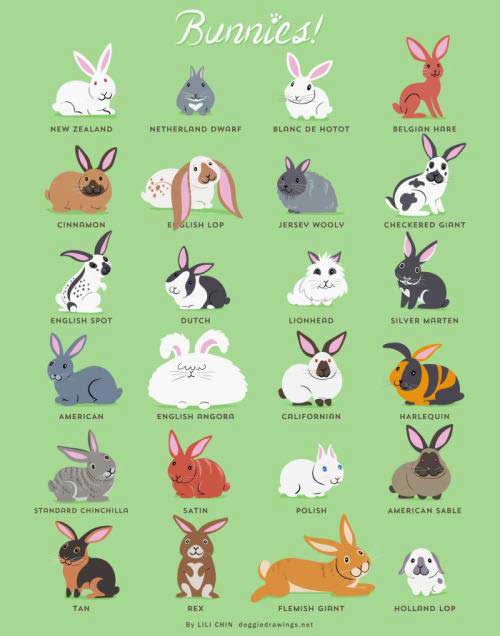
More bunny breeds. Source: Pinterest
Basic diet for rabbits
From the age of zero to six months, rabbits can have alfalfa hay. After six months old, experts recommend timothy hay as part of their daily diet. High quality rabbit pellets are necessary for your rabbit.
As bunnies, they can eat unlimited amounts of pellets, however, after six months, ask your veterinarian for the appropriate amount.
Feel free to offer all kinds of leafy greens, like kale, spinach, and Swiss chard to your rabbit. Avoid watery vegetables like iceberg lettuce—they can cause diarrhea and have very little nutritional value.
In small amounts, you can offer your rabbit dried apple slices, broccoli, and banana slices. Bunnies that anticipate snacks may paw at you excitedly.
Resources on Bunny Breeds and Care
A hands-on, easy to understand guide to successfully raising a rabbit. This includes health, training, and fun.
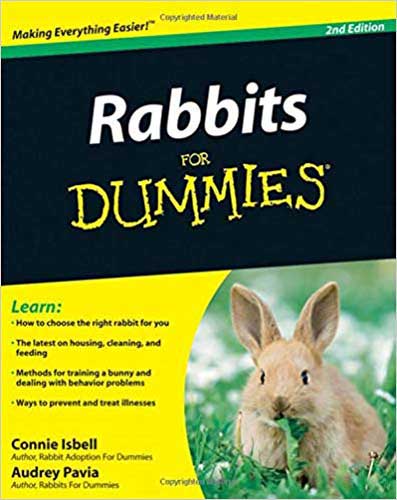
Learn all about the third most popular pet in the US. This book offers far more information than simply having rabbits as pets. Also filled with photos and facts.
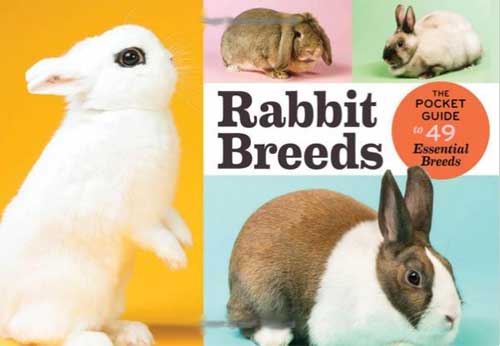
This a reference book that contains a significant amount of research. Its author is a life member of the American Rabbit Breeders Association who has conducted research on over 200 breeds.
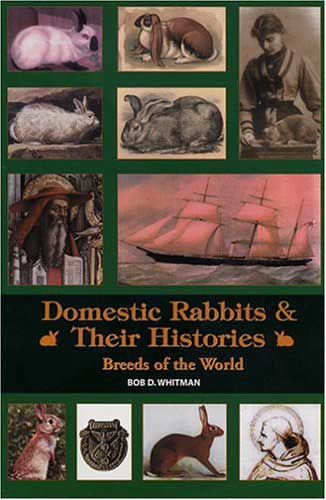
The Storey’s Guide to Raising Rabbits has reached its fifth edition. It offers professional advice on raising rabbits depending on the chosen breed (pets, fur, show, or meat) and invaluable tips on breed selection for novices and experts alike.
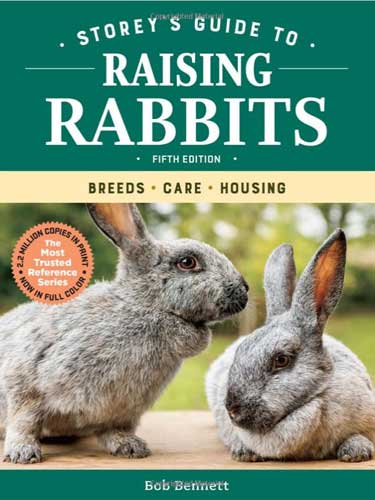

The TPR Team invites you to read informative pieces and specialized opinions from experts in all things dogs, cats, birds, fish, hamsters, rabbits, and all things pet, in general.

